Accelerate your marketplace sales globally
Effortlessly grow your international sales on eBay and Amazon in over 30 countries with Webinterpret’s end-to-end cross-border solutions
2 billion+ USD
incremental cross-border trade GMV generated for sellers and marketplaces
40,000+
independent sellers worldwide
16+ years
of enabling cross-border business
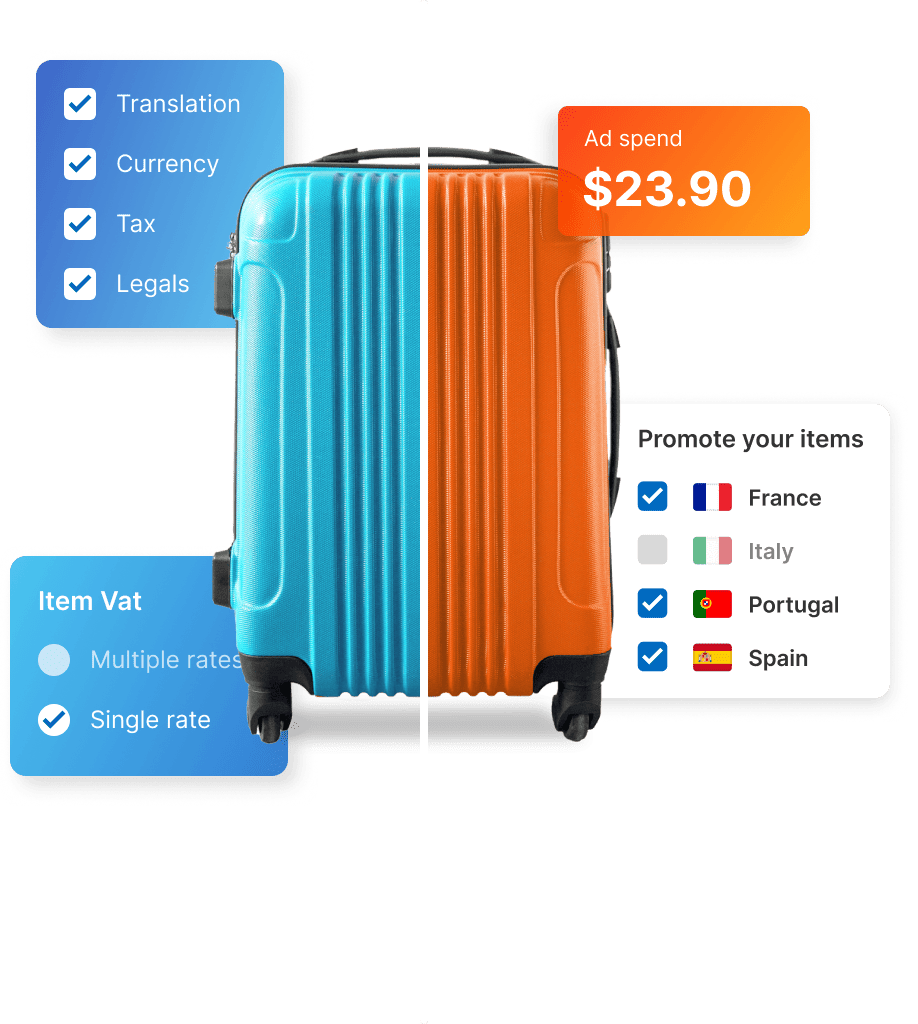
For eBay sellers
Boost your global sales on eBay
Webinterpret increases your visibility, traffic and conversion on international eBay marketplaces in just a few clicks.
For Amazon brands
Unlock new markets on Amazon
Webinterpret accelerates your brand’s growth on untapped Amazon marketplaces with international visibility and local order fulfillment.
For eBay sellers
Boost your global sales on eBay
Webinterpret increases your visibility, traffic and conversion on international eBay marketplaces in just a few clicks.
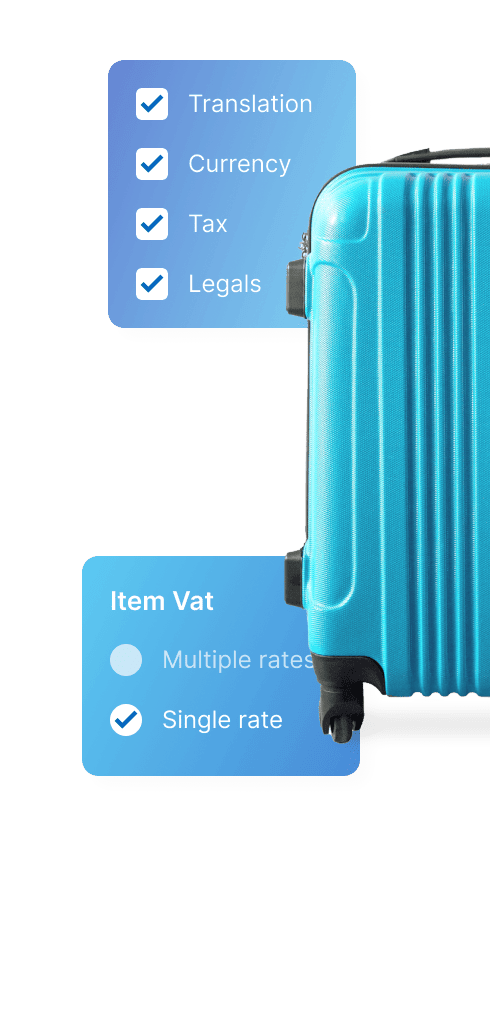
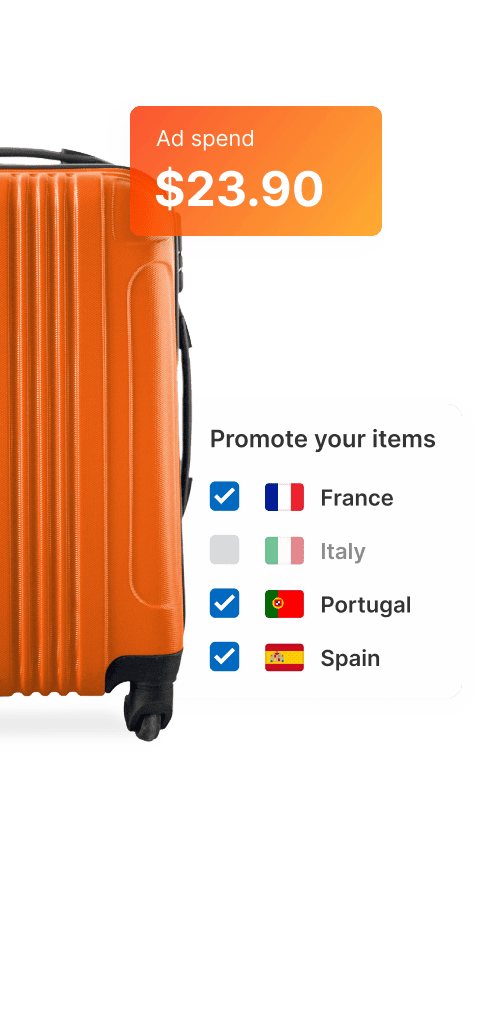
For Amazon brands
Unlock new markets on Amazon
Webinterpret accelerates your brand’s growth on untapped Amazon marketplaces with international visibility and local order fulfillment.
Meet the Webinterpret service portfolio: tools designed to scale your business
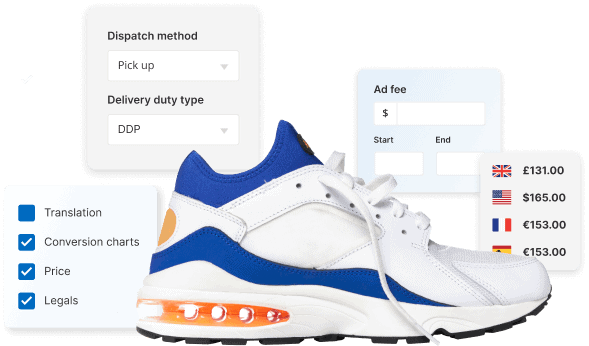
Internationalization
Offer a seamless local shopping experience, reach more buyers globally, and increase your sales in just a few clicks.
Advertising
Make your items stand out from the billions of listings on marketplaces with Webinterpret’s AI-powered advertising solution.
Logistics
Streamline your shipping process and grow your buyers’ confidence with a seamless free returns experience.
Tax & Compliance
Ensure taxes are declared to local authorities and local compliance is met every step of the way.
Branding
Build brand recognition, increase buyer conversion and stand out from the competition with Creative & Content services.
With Webinterpret international sales began almost immediately after signing up for the service. Rather than potential buyers numbering in the millions, they now number more than a billion.
Troy Shockley
Mountain Man Treasure
Get started now
Explore the possibilities of expanding into international marketplaces today. Start your free trial now!
- Connect your store
Webinterpret’s AI-powered intelligence takes care of the rest - Grow your business
Double your international revenue
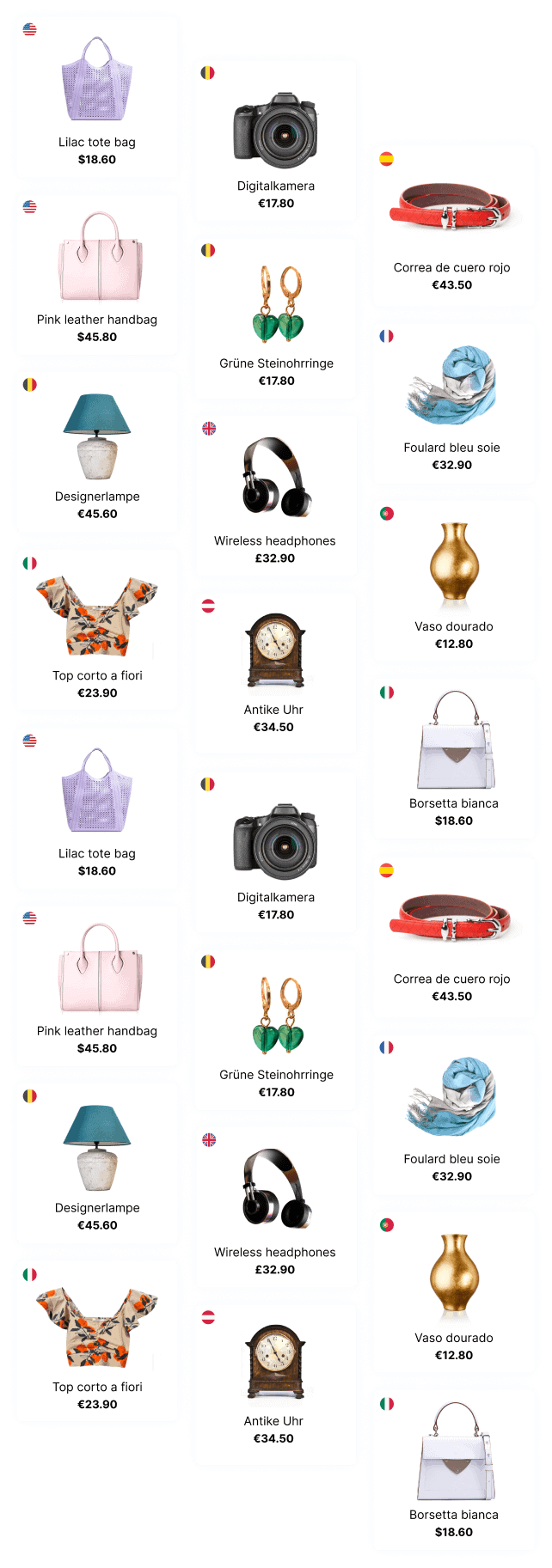
Benefits of global selling for your business
Selling on international marketplaces offers numerous advantages
3,600 m€
2023 value of all marketplaces
71%
of US and European shoppers shop internationally
54%
of marketplace sales account for global ecommerce

 Connect your store
Connect your store
 Grow your business
Grow your business
 Get started now
Get started now